Mango Powder Amchoor: The Secret Zing Every Kitchen Needs
If you're tired of the same old lemon juice or vinegar to add tang to your dishes, it’s time to meet your new best friend: mango powder amchoor. This unassuming spice, made from dried raw mangoes, is a staple in Indian kitchens and a rising star on global spice racks. Whether you’re a home cook experimenting with global flavors or a professional chef pushing culinary boundaries, amchoor can elevate your recipes with its unique sour punch and aroma.
In this article, we’ll explore what makes mango powder so special, how it compares to other souring agents, and why every modern pantry should have a jar of this zesty wonder. Plus, we’ve got five surprising ways to use amchoor that will change the way you season forever!
Table of Contents
- What Is Mango Powder (Amchoor)?
- Amchoor vs. Other Souring Agents: A Comparison
- Why Use Amchoor Instead of Lemon or Vinegar?
- 5 Surprising Uses of Mango Powder Amchoor
- Buying Guide: How to Choose the Best Amchoor
- Frequently Asked Questions About Amchoor
- Conclusion
What Is Mango Powder (Amchoor)?
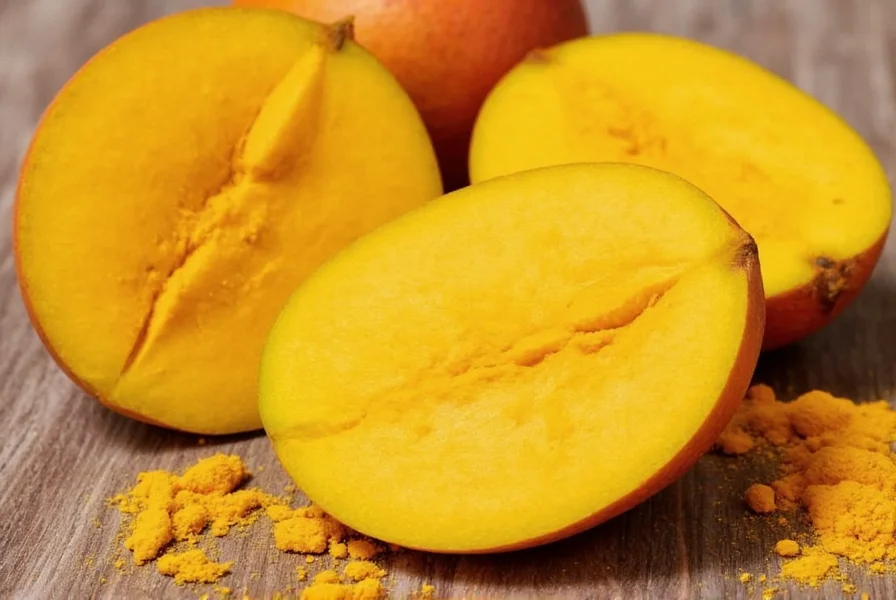
Amchoor, also known as mango powder, is a ground spice made from sun-dried, unripe green mangoes. It's commonly used in Indian cooking, especially in North Indian dishes, where it adds a tart flavor without adding moisture — something that lemon or tamarind might do.
The drying process concentrates the natural acidity and sweetness of the raw mango, giving amchoor a bright, fruity tanginess that enhances both vegetarian and meat-based dishes. Unlike fresh mango, which loses its potency when cooked, amchoor retains its flavor even under high heat, making it ideal for long-cooked meals like curries, stews, and marinades.
Historical Roots
Amchoor has been a part of Indian cuisine for centuries, particularly in regions like Punjab and Uttar Pradesh. Before refrigeration and year-round availability of citrus fruits, cooks relied on dried ingredients like amchoor to bring balance to rich and heavy dishes. Its portability and shelf stability also made it a favorite among travelers and spice merchants.
Amchoor vs. Other Souring Agents: A Comparison
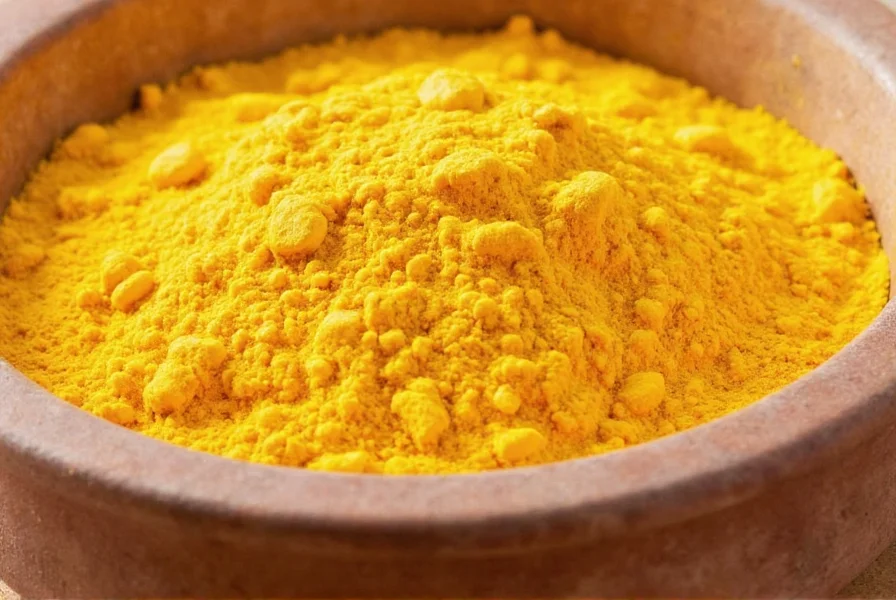
| Souring Agent | Flavor Profile | Texture/Consistency | Use Case | Shelf Life |
|---|---|---|---|---|
| Amchoor | Fruity, mild tartness with subtle sweetness | Dry, fine powder | Curries, snacks, marinades, spice blends | 12–24 months |
| Lemon Juice | Sharp, citrusy, slightly bitter | Liquid | Dressings, garnish, last-minute brightness | 1–2 weeks (fresh), indefinite (bottled) |
| Vinegar | Strong, acidic, pungent | Liquid | Pickling, sauces, chutneys | Indefinite |
| Tamarind Paste | Deeply sour-sweet with umami | Thick paste | South Indian dishes, soups, street food | 6–12 months |
| Sumac | Citrusy, floral, slightly earthy | Dry, coarse granules | Mediterranean dishes, salads, dips | 6–12 months |
Why Amchoor Stands Out
Unlike liquid acids, amchoor doesn’t dilute dishes, preserving their texture and thickness. It brings a clean, fruity sourness that complements spices like cumin, coriander, and turmeric without overpowering them. Also, because it’s naturally gluten-free and vegan, it’s a versatile addition to many diets.
Why Use Amchoor Instead of Lemon or Vinegar?
If you’re still reaching for lemon juice or vinegar every time you need a touch of acid, here are some compelling reasons to switch to amchoor:
- No moisture added: Keeps gravies thick and dry dishes crisp.
- Heat-stable flavor: Doesn’t evaporate during cooking.
- Unique taste profile: Offers a mellow yet vibrant tang without bitterness.
- Great for spice blends: Easily mixes into masalas and rubs.
- Allergy-friendly: Gluten-free, vegan, and preservative-free (when pure).
Pro Tip: Boost Umami Without Salt
Add a pinch of amchoor to lentil soups, bean stews, or tomato sauces to enhance depth and balance saltiness without adding extra sodium. It’s a smart trick for health-conscious cooks.
5 Surprising Uses of Mango Powder Amchoor
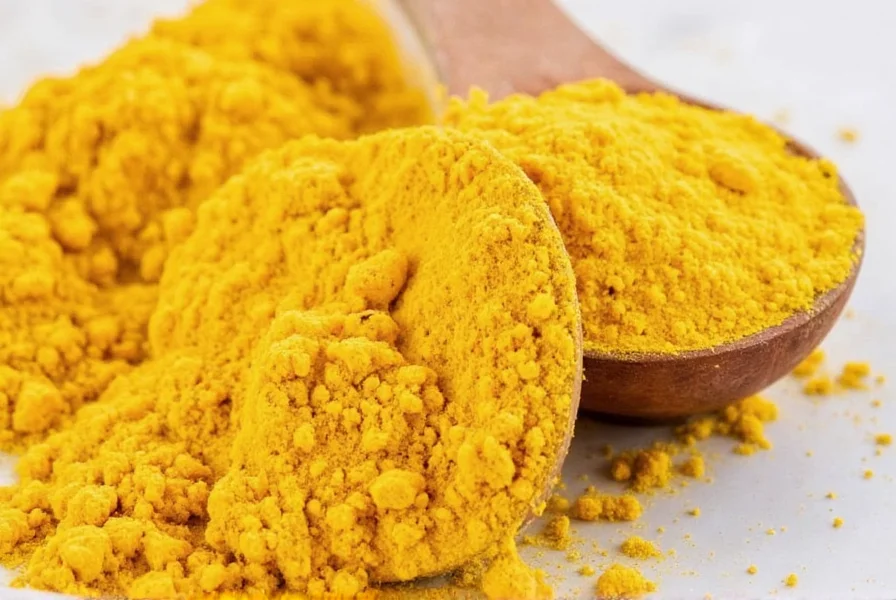
Think amchoor is only for curries? Think again! Here are five creative ways to make the most out of this versatile spice:
1. Add Zing to Snacks and Street Food
Sprinkle amchoor over samosas, pakoras, or bhel puri before serving for an instant flavor lift. It enhances the crunch and balances the heaviness of fried foods.
2. Elevate Dry Vegetable Dishes
Dishes like baingan bharta, aloo tamatar, or gobi manchurian benefit from a dash of amchoor toward the end of cooking. It brightens up slow-roasted flavors beautifully.
3. Perfect for Marinades and Rubs
Mix amchoor into marinades for chicken, lamb, or paneer. It tenderizes slightly while infusing a tangy note that pairs well with garam masala and chili powders.
4. Flavorful Spice Blends and Chutneys
Include amchoor in homemade chaat masala or raita to add complexity. Try blending it with mint, coriander, and yogurt for a refreshing dip.
5. Baking and Sweet Treats?
Yes! Some bakers use a tiny pinch of amchoor in fruit-based desserts or cakes to mimic the tang of buttermilk or yogurt, especially in vegan or dairy-free versions.
Buying Guide: How to Choose the Best Amchoor
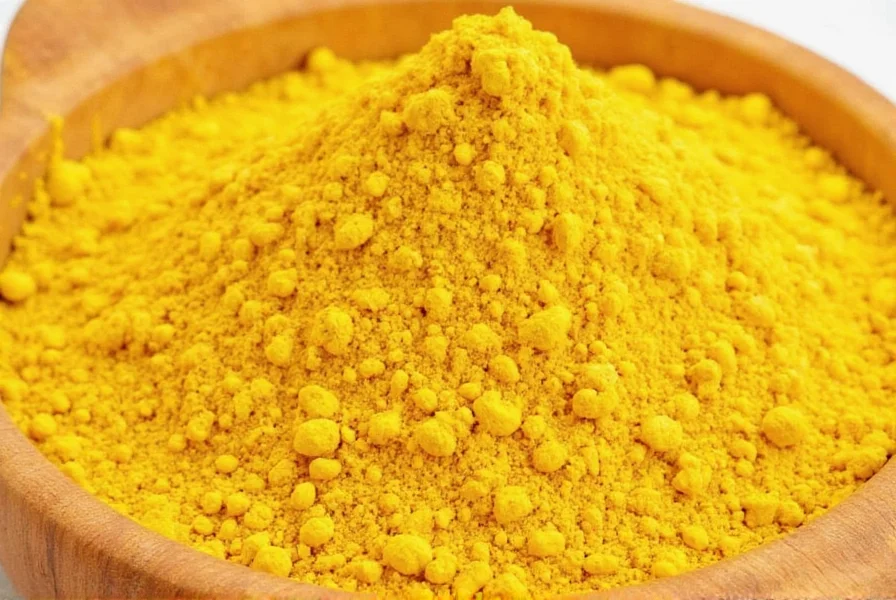
Not all amchoor is created equal. To get the best quality, keep these tips in mind:
Look for Pure Ingredients
- Check the label — it should say “100% dried mango” or “pure amchoor.”
- Avoid products with fillers like rice flour, starch, or preservatives.
Consider Organic Options
If you prefer organic or non-GMO ingredients, look for certified organic amchoor. Brands like **Spice Garden Organics** and **Earth & Spice Co.** offer high-quality organic options.
Texture Matters
The powder should be finely ground without chunks. Coarse textures may not blend well into dishes or spice mixes.
Brand Recommendations
| Brand | Features | Best For | Available Sizes |
|---|---|---|---|
| Spice Garden Organics | Organic, non-GMO, no additives | Health-conscious cooks | 8 oz, 16 oz |
| Bharat Masala | Traditional preparation, affordable | Everyday Indian cooking | 100g, 200g |
| Earth & Spice Co. | Single-origin mangoes, sustainably sourced | Gourmet kitchens and chefs | 4 oz, 8 oz |
| Simply Spices | Gluten-free, lab-tested purity | Allergen-sensitive households | 50g, 100g |
Frequently Asked Questions About Amchoor
Can I Substitute Amchoor With Lemon Juice?
Yes, but adjust quantities. Typically, 1 teaspoon of amchoor equals about 1 tablespoon of lemon juice. However, expect a different flavor profile and added moisture.
Is Amchoor Good for Digestion?
Traditionally, amchoor has been used to aid digestion due to its acidic nature, which can help stimulate gastric juices. Always consult a healthcare provider for specific health concerns.
Does Amchoor Lose Its Flavor Over Time?
Like all dried spices, amchoor does lose potency over time. Store in an airtight container away from light and moisture for up to 2 years.
Can I Make My Own Amchoor at Home?
Absolutely! Slice unripe green mangoes thinly, sun-dry them until brittle, then grind into a fine powder using a spice grinder. Store in a sealed jar.
Conclusion
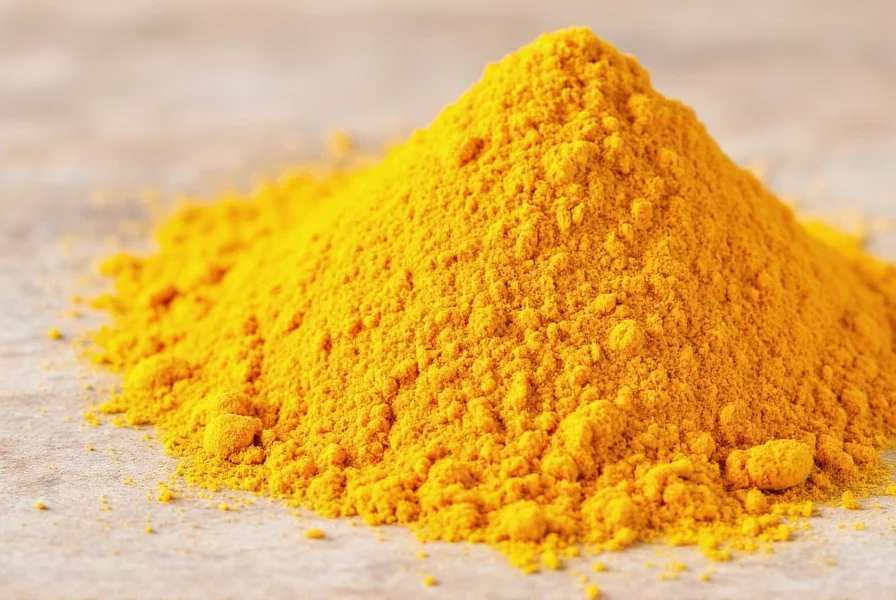
Mango powder amchoor is more than just a regional spice — it’s a versatile, flavorful ingredient that deserves a spot in every kitchen. From boosting the taste of everyday meals to offering a healthier alternative to processed souring agents, amchoor is a game-changer for anyone passionate about food.
Whether you’re cooking up a storm for family dinners or experimenting with fusion flavors in your restaurant kitchen, amchoor brings a unique tang that can’t be replicated. So go ahead, pick up a jar of this golden spice and let your dishes sing with that perfect balance of sweet and sour.

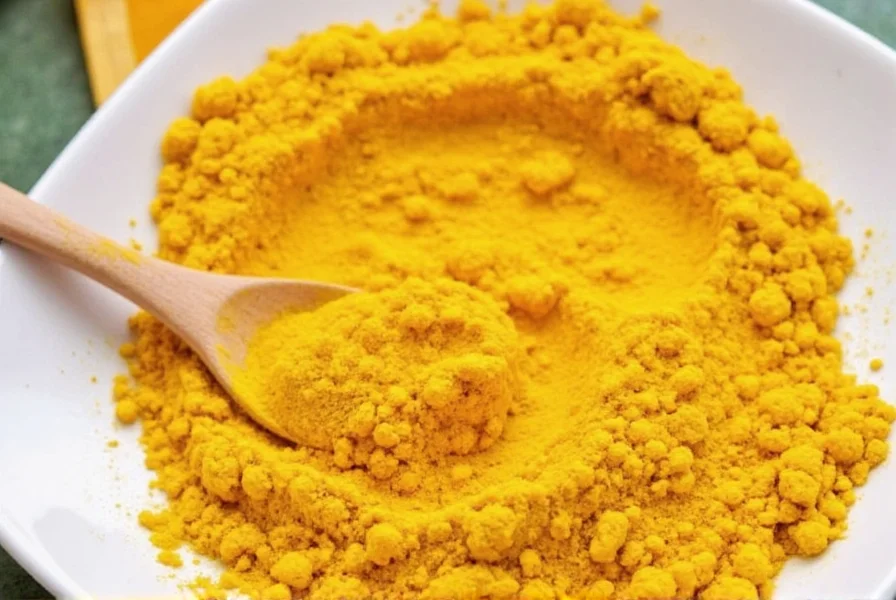









 浙公网安备
33010002000092号
浙公网安备
33010002000092号 浙B2-20120091-4
浙B2-20120091-4